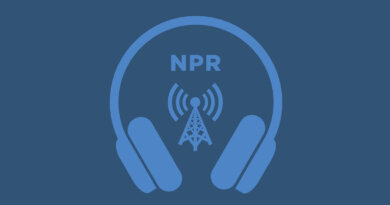No More Hot Flashes? AI Device Could Stop Menopause Symptom
Oct. 31, 2023 – Hot flashes have been a hot topic lately.
Vasomotor symptoms, the sudden rises in body temperature that affect about 75% of menopausal women, have drawn interest after the approval of a new oral drug and research linking hot flashes to Alzheimer’s, heart disease, and stroke.
Now entering the discussion are researchers from the University of Massachusetts Amherst and Embr Labs (a Massachusetts Institute of Technology spinoff) who say they’ve developed a machine learning algorithm that can predict a hot flash.
Their idea is to combine this algorithm with a product called Embr Wave, a watch-like wearable that can emit coolness (or warmth) to the sensitive skin on the inside of the wrist, providing whole-body relief. The device, which sells for for $299, is already touted as a way to manage menopausal hot flashes.
But once the algorithm is added, the device will be able to “continuously monitor physiological signals – skin temperature, body temperature, sweating, activity level, or heart rate – and identify early indicators that a hot flash is building,” says Michael Busa, PhD, director of the Center for Human Health and Performance at UMass Amherst, who led the team that developed the algorithm.
That data would be sent to a computing platform in the cloud, where the algorithm can flag signs of an impending hot flash, Busa said. The device would automatically prompt cooling in less than a second, which could effectively stop the hot flash in its tracks or at least help to take the edge off.
Exploring Cooling Therapy for Hot Flashes
“There is always tremendous interest in anything that is nonhormonal and effective in treatment of hot flashes,” said Karen Adams, MD, an OB/GYN and director of the Menopause and Healthy Aging Program at Stanford University. (Adams was not involved in developing this technology.)
Hormone therapy is the primary treatment, easing hot flashes in 3 to 4 weeks, Adams said. “But some women do not want to take estrogen, or should not due to medical contraindications.”
Hormone therapy is generally not recommended for people with a history of breast cancer, blood clots, or diseases of their heart or blood vessels. Recent research presented at the annual meeting of the Menopause Society found that hormone therapy may not work as well in women with obesity.
For nonhormonal treatments, the FDA cleared the oral med fezolinetant (Veozah) in May. Antidepressant medications can also be used as a first-line treatment in those who can’t take estrogen. Another oral drug, elinzanetant, is in late-stage clinical trials.
But there has been little clinical investigation – only two small studies, Adams said – examining cooling therapy as a treatment for hot flashes. That’s something the makers of this device hope to change.
“Despite the fact that seeking cooling relief is a woman’s immediate natural response to the onset of a hot flash, there is limited work done to understand the benefits of this natural therapy,” said Matthew Smith, PhD, chief technology officer at Embr Labs. “This is in part because the technology didn’t exist to deliver cooling in an immediate, reproducible manner.”
The algorithm’s performance has been benchmarked using data from women having hot flashes, Smith said. Results have been submitted for publication.
The Embr Wave has been shown to help menopausal women with hot flashes sleep better. It has also been tested as a therapy for hot flashes related to cancer treatment.
But to truly evaluate the device as a treatment for hot flashes, it should be tested in randomized trials including a “sham treatment arm” – where some people get the real treatment while others get the sham treatment, Adams said.
“Device studies tend to have high placebo response rates that can only be truly evaluated when there is a sham treatment in the study,” she said. “If such a device were shown to be safe and effective, we would absolutely recommend it. But we’re a long way from that.”



